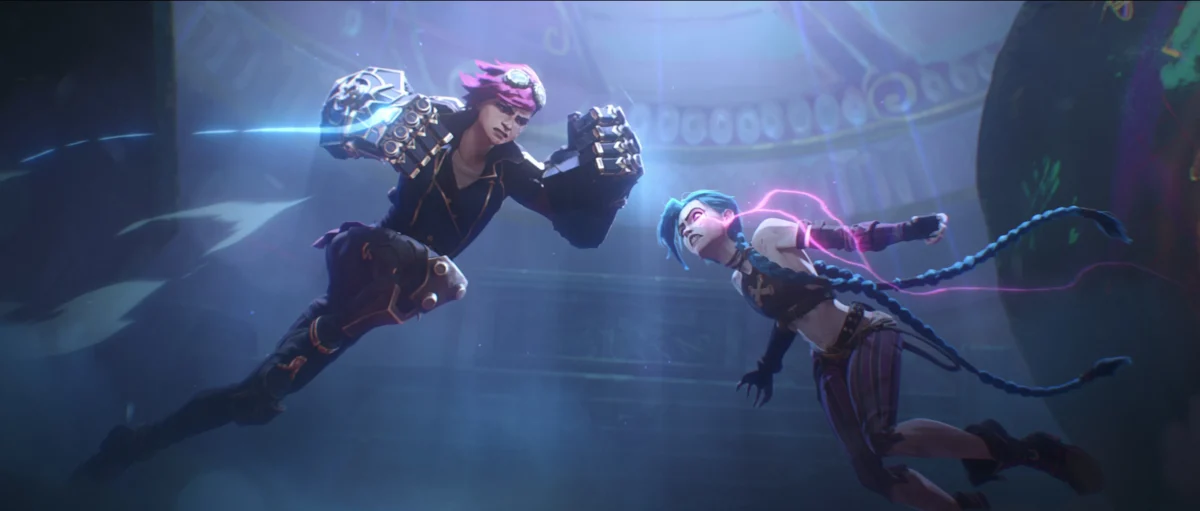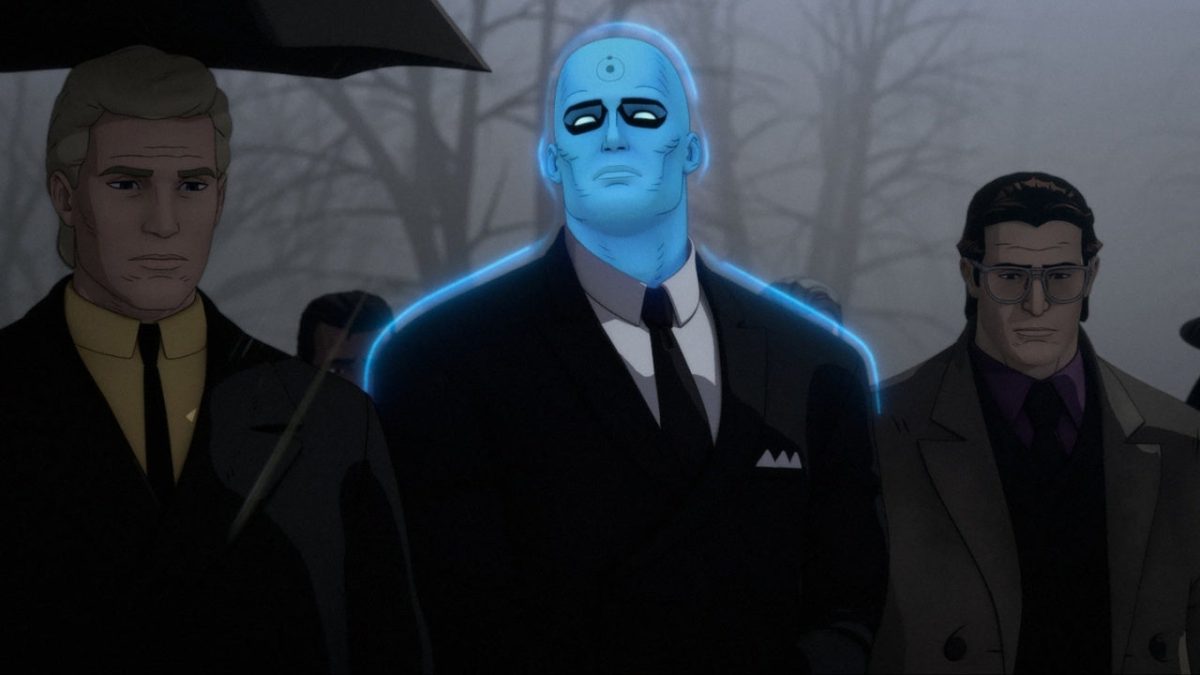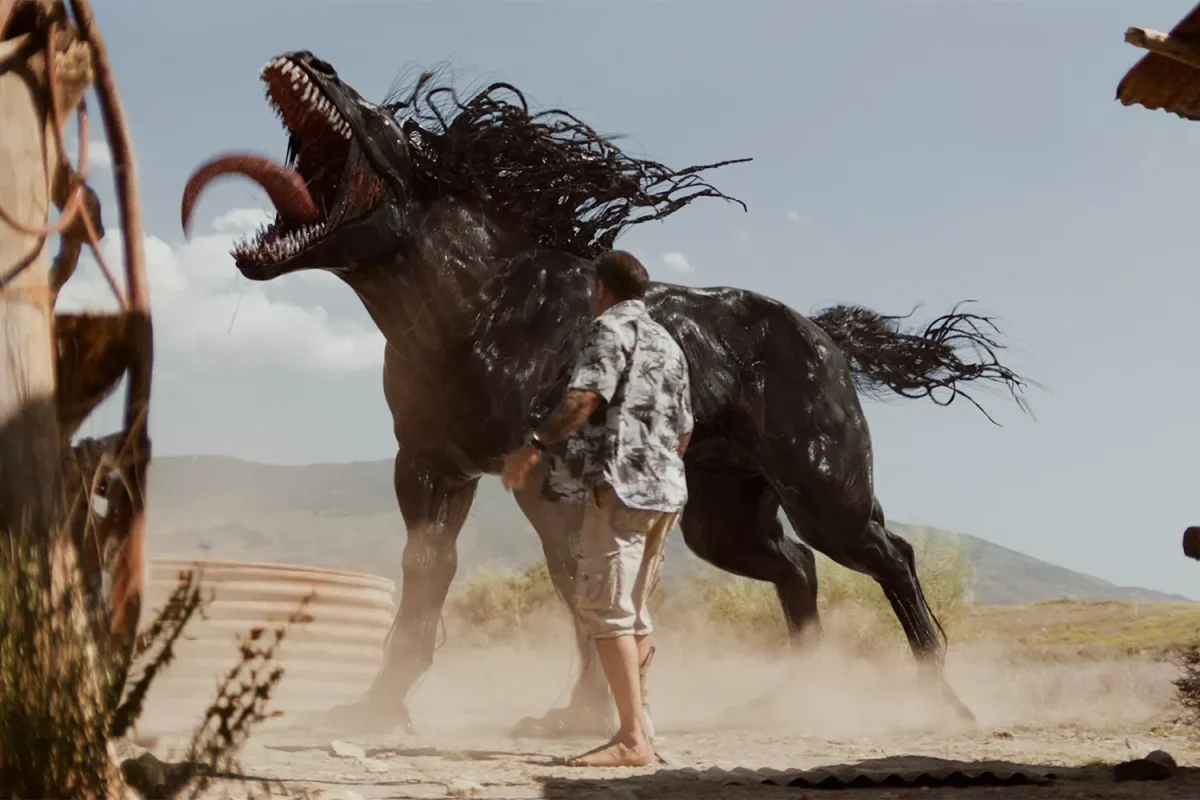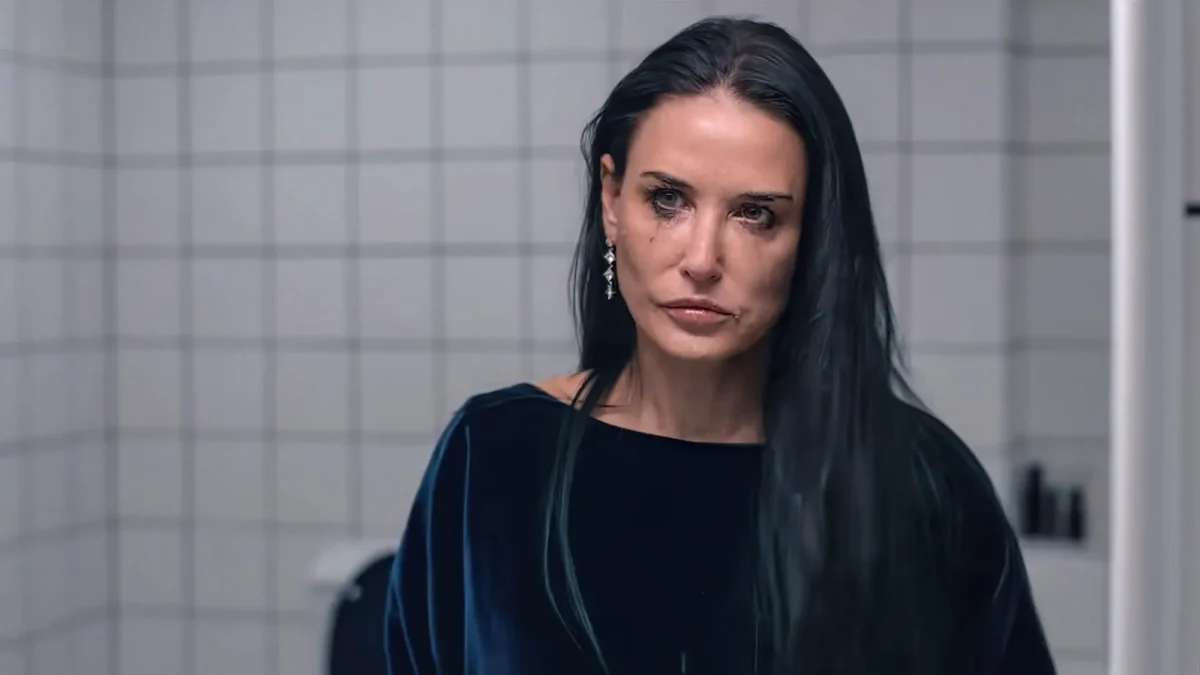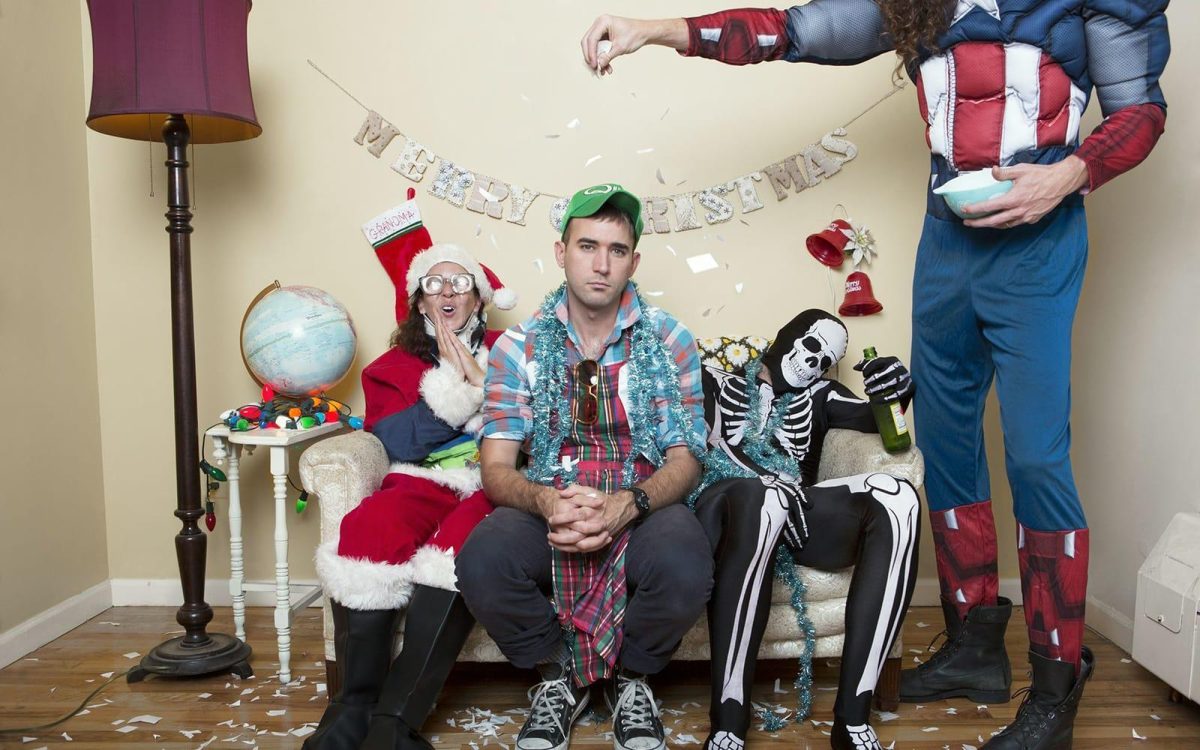Honorable Mentions: WALL-E, The Diving Bell and the Butterfly, There Will Be Blood, Y tu mamá también, L’enfant
1. The Best of Youth (2005): Marco Tullio Giordana’s six hour masterpiece follows two Italian brothers as they encounter revolutions, heartache, death, floods, love and other disasters in Rome from 1966 to 2000. The running time might seem intimidating at first glance, but, as Roger Ebert puts it so eloquently, “no good movie is too long and no bad movie is short enough.”
2. Children of Men (2006): Alfonso Cuarón’s science fiction masterpiece was shamefully ignored upon its release, but—if any film from the last decade is likely to endure—I’d bet on this one. Featuring stunning cinematography and beautiful performances across the board, Children of Men is the yardstick against which the next decade’s post-apocalyptic visions will have to be measured. This is a true classic.
3. Eternal Sunshine of the Spotless Mind (2004): The best American film of the decade, Eternal Sunshine is the high point of screenwriter Charlie Kauffman’s domination of the film scene in the past decade. An exploration of relationships and the fragility of memory, the film has among its assets the best performance of Jim Carrey’s career and Kate Winslet demonstrating why she is one of the decade’s preeminent actresses.
4. The Wrestler (2008): Darren Aronofsky reached a career high and resuscitated the career of Mickey Rourke in this film, the story of a washed-up wrestler looking to recapture some old glory. The Wrestler is an incredibly human film, and you can almost feel it every time Rourke’s character suffers an injury or a setback. When our hero enters the ring at the end, the film’s mixture of triumph and tragedy is epic in scale.
5. Ballast (2008): Premiered to much acclaim at the Sundance Film Festival, Lance Hammer’s bleak, beautifully composed look at three struggling people living in the Mississippi Delta never got the attention it deserved. Resembling the best films of Terrence Malick and David Gordon Green, Ballast will hopefully find its audience in the next decade. Ballast is proof that the smallest films often have the most to say.
6. Caché (2005): Director Michael Haneke isn’t known for easy or extremely audience-friendly films, and Caché is no exception. Aping Alfred Hitchcock in its story of an upper-class French family tormented by a series of videotapes taken outside their home, Caché morphs into a look at France’s relationship with Algeria and features a dramatic and unnerving scene no viewer is ever likely to forget.
7. Aileen: Life and Death of a Serial Killer (2003): Documentary filmmaker Nick Broomfield followed up his 1992 film Aileen: The Selling of a Serial Killer—an account of the people surrounding the imprisonment of serial killer Aileen Wuornos—with this film as he is called on to testify at her trial. His final interview with Wuornos, played by Charlize Theron in 2003’s Monster, is tragic and captivating, a glance into the mind of a woman completely detached from reality.
8. Once (2007): Coming out of nowhere before its premiere at the Sundance Film Festival, John Carney’s small, low-budget musical follows two musicians in Ireland as they meet, make music together and part ways. Glen Hansard and Marketa Irglova, known collectively as The Swell Season, are incredibly natural actors, and the film’s refusal to end in a trite or easy way makes it even better.
9. Reprise (2008): Joachim Trier’s celebration of youth and creative energy tells the story of two friends whose literary aspirations come into conflict with real life, capturing what it’s like to be young and brimming with ideas and imagination. Anders Danielsen Lie and Espen Klouman-Høiner as the two friends are terrific screen presences, and Viktoria Winge, as the girlfriend of one of the boys, has a beautifully expressive, almost Bjork-ian face.
10. Amélie (2001) and Love Me if You Dare (2003): It’s my list, and I’ll cheat if I want to. Both films, the first directed by Jean-Pierre Jeunet and the second by Yann Samuel, are highly stylized French romances that create their own universes and set their characters free to interact within them. Whereas Amélie’s strength is in its quirky good nature, Love Me if You Dare has a dark edge underneath its sheen.



